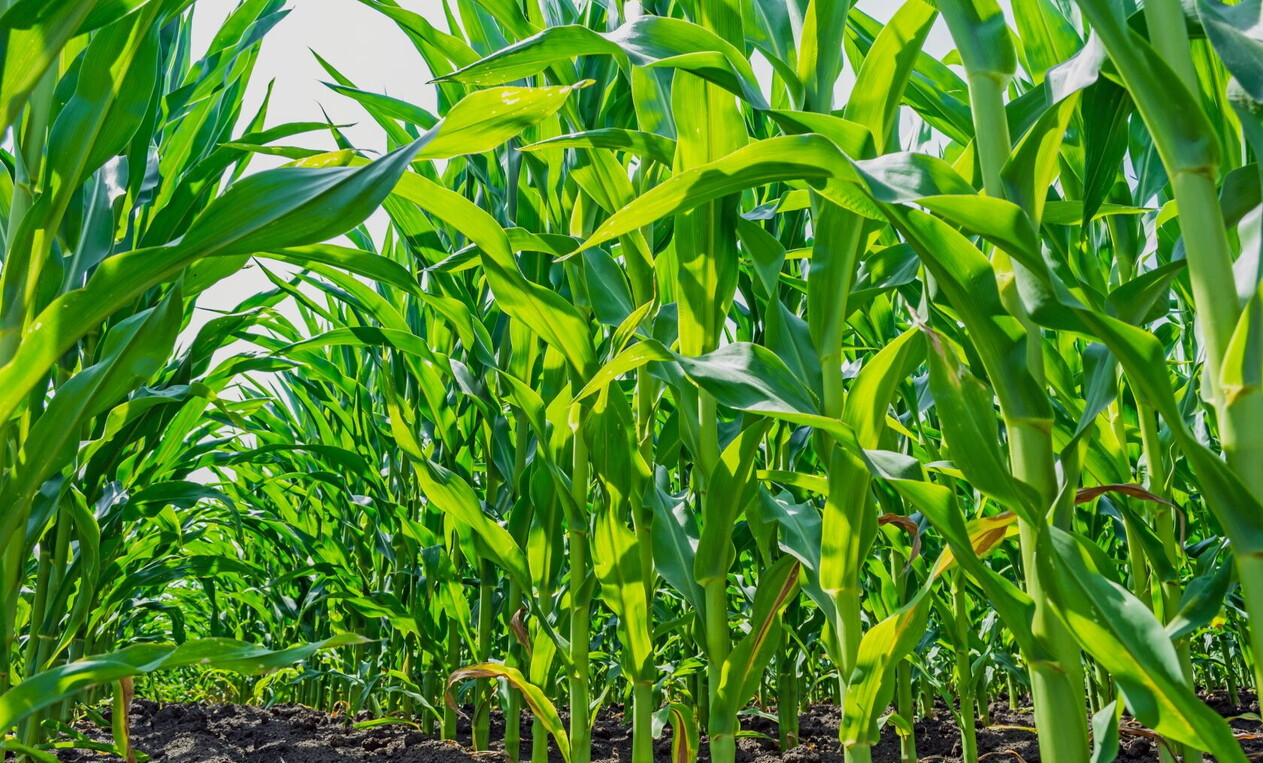
Green Mobility
Biomethane in transports
Biogas can play a leading role in decarbonizing the sector using existing industrial-scale technologies and innovative solutions. The viability of these solutions will depend on policies and regulations favorable to the development of a market for green alternatives.
7 minT
he role of biofuels in decarbonizing transportation has been highly debated in Europe over the last few years. Europe is rapidly moving towards non-carbon-based solutions like renewable solar and wind power, as well as green hydrogen. Meanwhile, other regions are considering the combination of sustainable biofuels in efficient hybrid configurations, such as plug-in hybrid electric vehicles (PHEVs). However, sustainable biogenic carbon is not the enemy of the green transition; fossil CO2 released into the atmosphere is.
Most of the untapped potential of bioenergy lies in the value chains beyond the technology itself, although significant room remains for the development and improvement of processes and technologies. There is considerable potential to enhance greenhouse gas (GHG) performance while generating various co-benefits to CO2 emission reductions across different pathways.
Biomethane is certainly among the best candidates for implementing a green transition that respects the environment, creates new opportunities, and offers significant potential for production and deployment.
Biomethane in the European Commission study
In 2023, the European Commission’s General Directorate on Research and Technology Development (DG RTD) commissioned a study titled “Development of Outlook for the Necessary Means to Build Industrial Capacity for Drop-in Advanced Biofuels.” The scientific coordination for this study was conducted by Politecnico di Torino, and it involved a team of experts from Exergia (Greece), the project coordinator, BEST (Austria), Wageningen University (Netherlands), and E3Modelling (Greece).
The study revealed that the largest potential for biofuel feedstock in 2030 and 2050 lies in agricultural biomass, followed by forestry, biowaste, and agrifood residues. This finding highlights the importance of sustainable agricultural value chains, where not only residues are valorized, but also sustainable agricultural management practices such as crop rotation, no or reduced tillage, and other methods recognized as Soil Carbon Accumulation methods in the REDII Implementing Regulation, Annex VI. The actual volumes of biomass will vary depending on the level of mobilization achieved.
The analysis also highlighted the potential role of biomethane, particularly from residues such as manure, which is abundantly available in the EU. This generates Advanced Biomethane according to the definitions in REDII-Annex IX and its amendments. Notably, this biofuel pathway is among the technologically mature options (high TRL).

The large potential of biomethane from advanced feedstock, however, is expected to be deployed only partially in the transport sector due to other EU legislative measures. In particular, the RE-Power EU targets 35 billion cubic meters per year by 2030 as a sustainable alternative to fossil gas. Therefore, the RTD study assumed that only 5 to 10 percent of the estimated volume would be available for transport.
The Gas for Climate report assessed the REPowerEU potential to be slightly higher, at 38 billion cubic meters per year. The main feedstocks contributing to this potential are manure (33 percent), agricultural residues (25 percent), sequential cropping (21 percent), and industrial wastewater (over 10 percent).
The same report estimated that 91 billion cubic meters per year would be feasible by 2050 in the EU-27, with sequential cropping playing a leading role (47 percent), followed by manure (19 percent), agricultural residues (17 percent), and industrial wastewater (more than 10 percent).
An exemplary case of sourcing sustainable feedstock is the Biogas Done Right Model, which is widely adopted among Italian farmers. This model utilizes sequential cropping and residues (e.g., manure) as main inputs to generate advanced biomethane. In addition to biomethane production, the implemented sustainable agricultural practices generate organic substitutes (digestates, nutrients) to replace fossil fertilizers.
However, despite this significant potential and the possibility of adopting sustainable agricultural practices, the demand for natural gas in transportation is not very large. In 2019, the EU share of passenger cars running on natural gas was only 0.5 percent of the total, the same figure for light-duty vehicles, 0.7 percent for buses, and 0.4 percent for medium and heavy vehicles.
So, what other means could be considered to deploy the potential of sustainable biomethane in transportation?
Biomethane as energy vector
Biomethane can also be seen as an energy vector. This is feasible where sufficient infrastructure exists, allowing for the injection of this biobased product into the gas pipeline from multiple anaerobic digestion units. The same amount can then be virtually collected at a centralized refinery for conversion into liquid products. The regulatory system (Guarantees of Origin, GOs) and technical standards are already in place. Additionally, biomethane can be liquefied, transported, and used as LNG.
This approach would rely on high-TRL (Technology Readiness Level) technologies such as Fischer-Tropsch, Gas-to-Methanol, and Gas Fermentation. These technologies could generate fuels for aviation and maritime use, in addition to road transport, thereby diversifying and broadening the sustainable feedstock portfolio.
The estimated biomethane potential could provide a significant contribution to fuel demand. By 2030, gas-to-liquid (GTL) routes might satisfy 4–11 percent of jet fuel and 25–56 percent of maritime fuel demands in the EU. By 2050, these paths could cover 9–25 percent of jet fuel and 48–105 percent of maritime fuel needs in the EU.
At the Italian level, by 2030, Italian jet fuel demands could be met by 7–18 percent, and maritime fuel demands by 69–152 percent through these routes. By 2050, 8–22 percent of jet fuel and 91–198 percent of maritime needs could be satisfied in Italy.
Already available solutions and innovation
Biomethane in transport could be deployed using industrial-scale technologies, both in production and use. To increase its contribution, new pathways could be considered, integrating both direct use as natural gas (NG) or liquefied natural gas (LNG) with more innovative solutions. These would combine anaerobic digestion with thermochemical and biochemical conversion routes, based on converting CH4 into other products.
The economic feasibility of these routes will depend on multiple factors, particularly the policies and regulations in place, which are necessary to develop markets for green substitutes.

